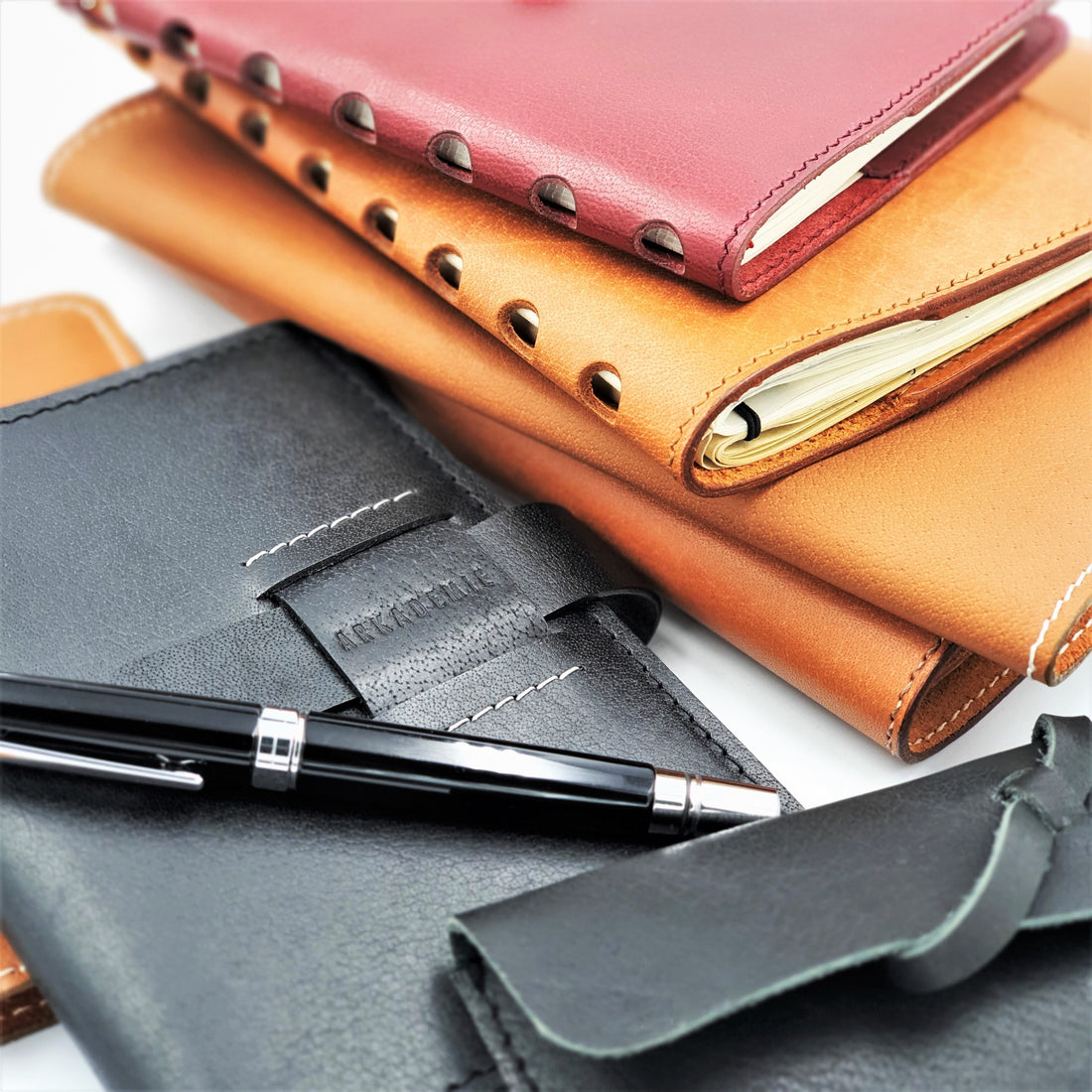Leather is one of many nature's gifts to humanity.
It is a highly versatile material and has been used for making a wide variety of 'containers' for millennia - from small purses to large wall coverings and sofa upholstery - leather has become quite an inseparable part of modern life.
We wear many things made from leather - from head wear to hand bags to wallets to shoes - and have given it premium status among the many materials available to us.
What then is leather and what made us prized it so much?

Leather is essentially animal skins and hides that have been treated with natural solutions or synthetic chemicals to preserve and make them suitable for use such as clothing, footwear, handbags, furniture and many more. This process of 'preserving', a term we commonly called 'tanning', is key in turning raw skins into durable leather which can, if well-maintained, last for many decades or even centuries. Tanning is a vital phase in leather production whereby water is being purged out of raw skin and replaced by tanning substance that stabilizes the skin, turning it into leather which does not rot nor decay rapidly.
Being relatively limited in supply, natural hand-made leather, especially those from traditional tanneries that employ natural, plant-based tanning ingredients, is highly sought after in the marketplace because not only is the leather naturally beautiful, it is exceptionally durable when compared with large-scale, commercially-produced leather.
Plant-based-tanned leather, often called vegetable-tanned leather, is the use of tannin ( a substance derived from bark, branches, roots, leaves, etc. of certain types plants ) in the tanning process. It is a natural, slow process that preserves the skin fibers and gives vegetable-tanned leather its signature stiffness, density and 'weightiness'.
Vegetable-tanning is the oldest form of leather making and natural vegetable-tanned leather occupies a very special place in the hearts of many leather artisans around the world. In the ancient town of Fez in present day Morocco, natural vegetable-tanned leather is still being made using traditional methods in large stone tubs filled with tannin and ammonia solutions.

Apart from its exceptional durability, vegetable-tanned leather has the unique characteristics of patina ( turns dark after prolonged usage ), which makes every leather article unique in appearance.
At ARKADEMIE, we cherish creative contents and like to preserve them with premium vegetable-tanned leather covers or sleeves. Every item documents the unique journey the owner makes with the leather item.
Read more about the beauty of natural vegetable-tanned leather at:
www.arkademie.com

